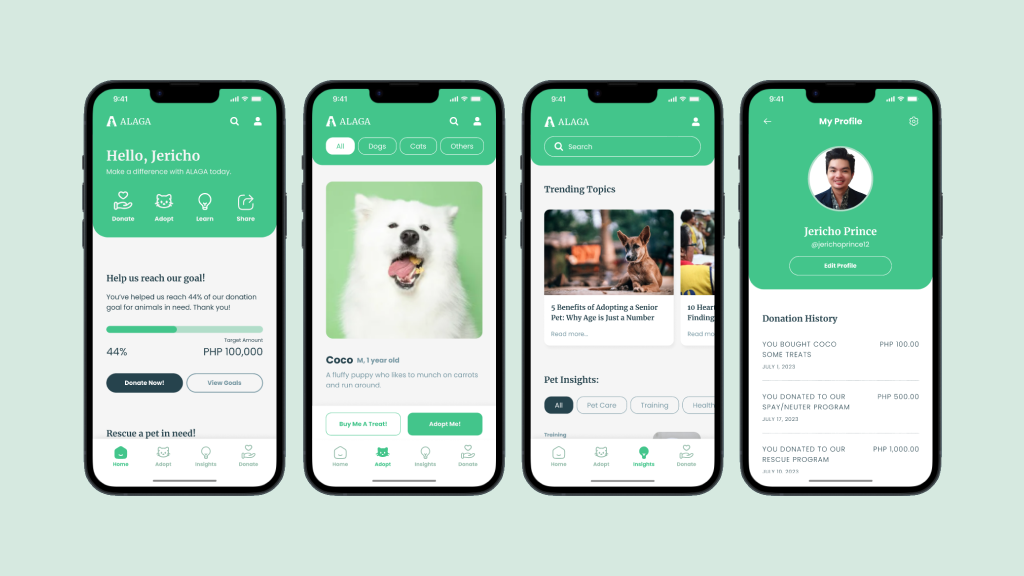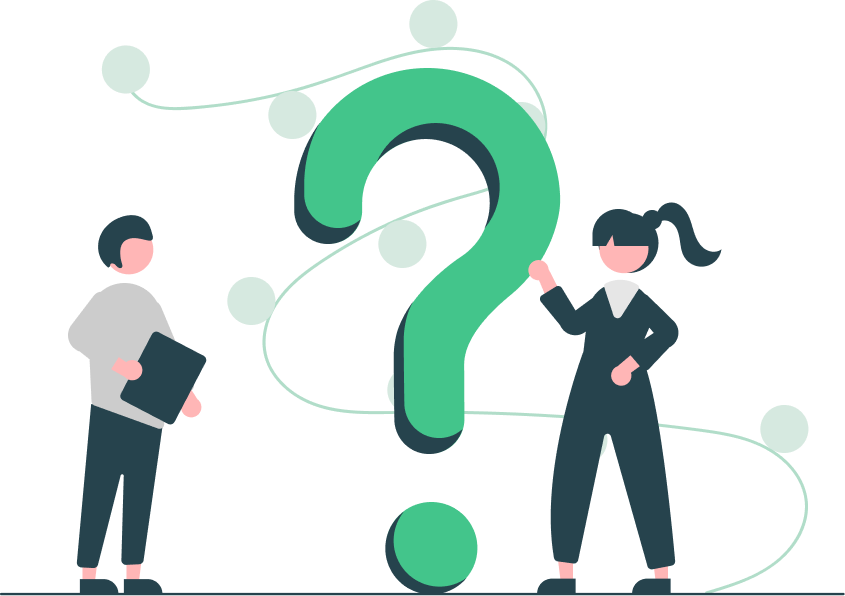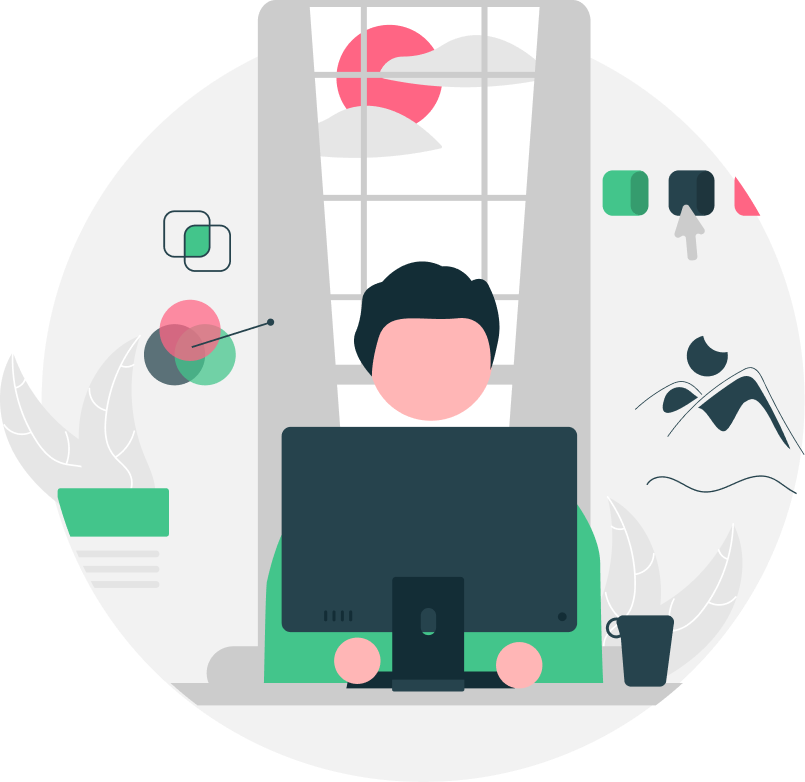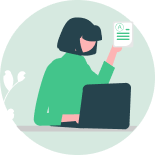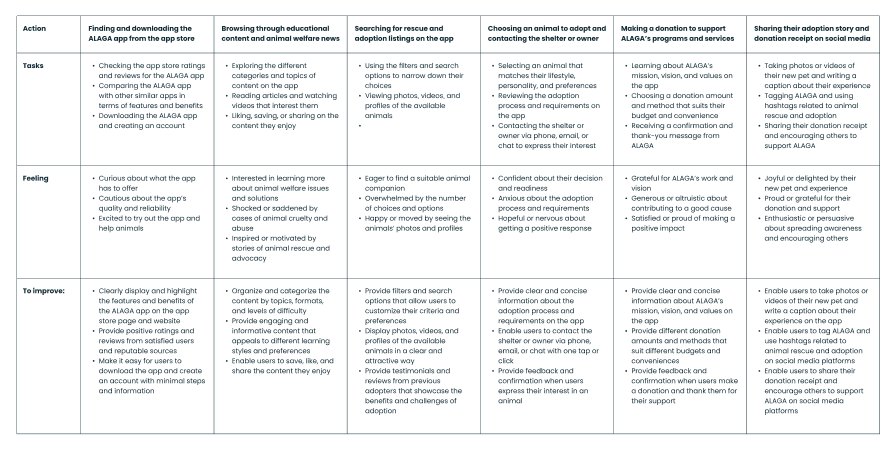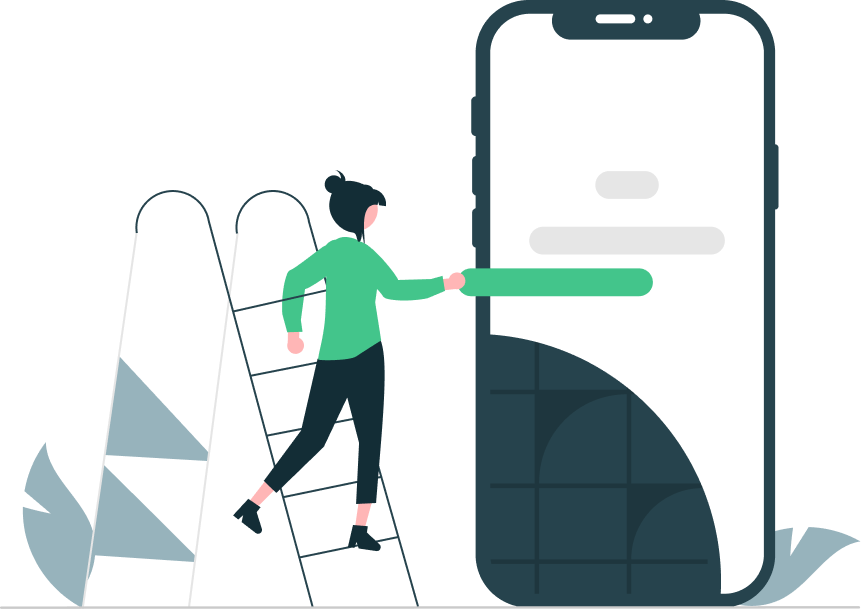ALAGA
Designing for social good.
*This project is a passion project and may or may not be developed in the near future. The prototype shown here is based on our vision and research, but it may differ from the actual product if it ever gets launched. The project is not affiliated with or endorsed by any client, and it does not necessarily reflect any organization’s views or policies.
ALAGA (Animal Lovers And Guardians Association) is a nonprofit company dedicated to the well-being and protection of animals. Based on a foundation of love and guardianship, we advocate for the rights of animals and strive to create a world where every animal is treated with care and respect. ALAGA operates with the belief that by raising awareness, promoting responsible pet ownership, and advocating for animal rights, we can make a positive impact on the lives of animals.
